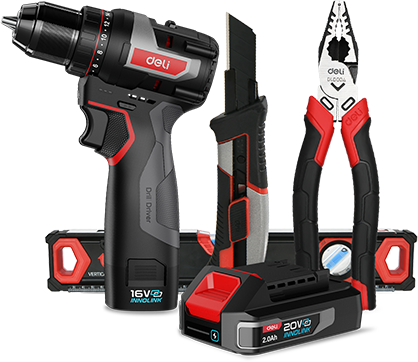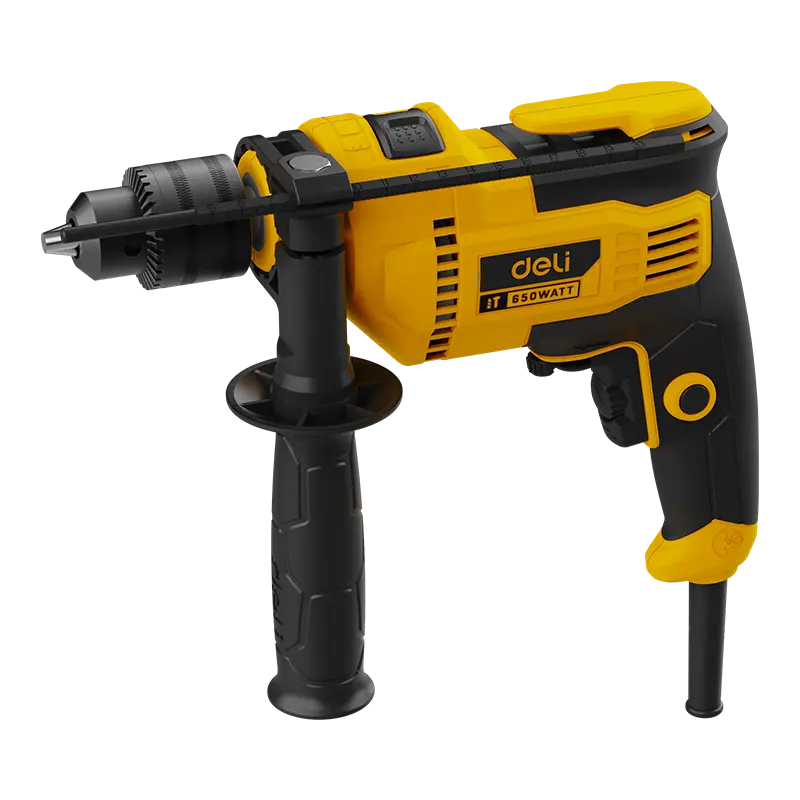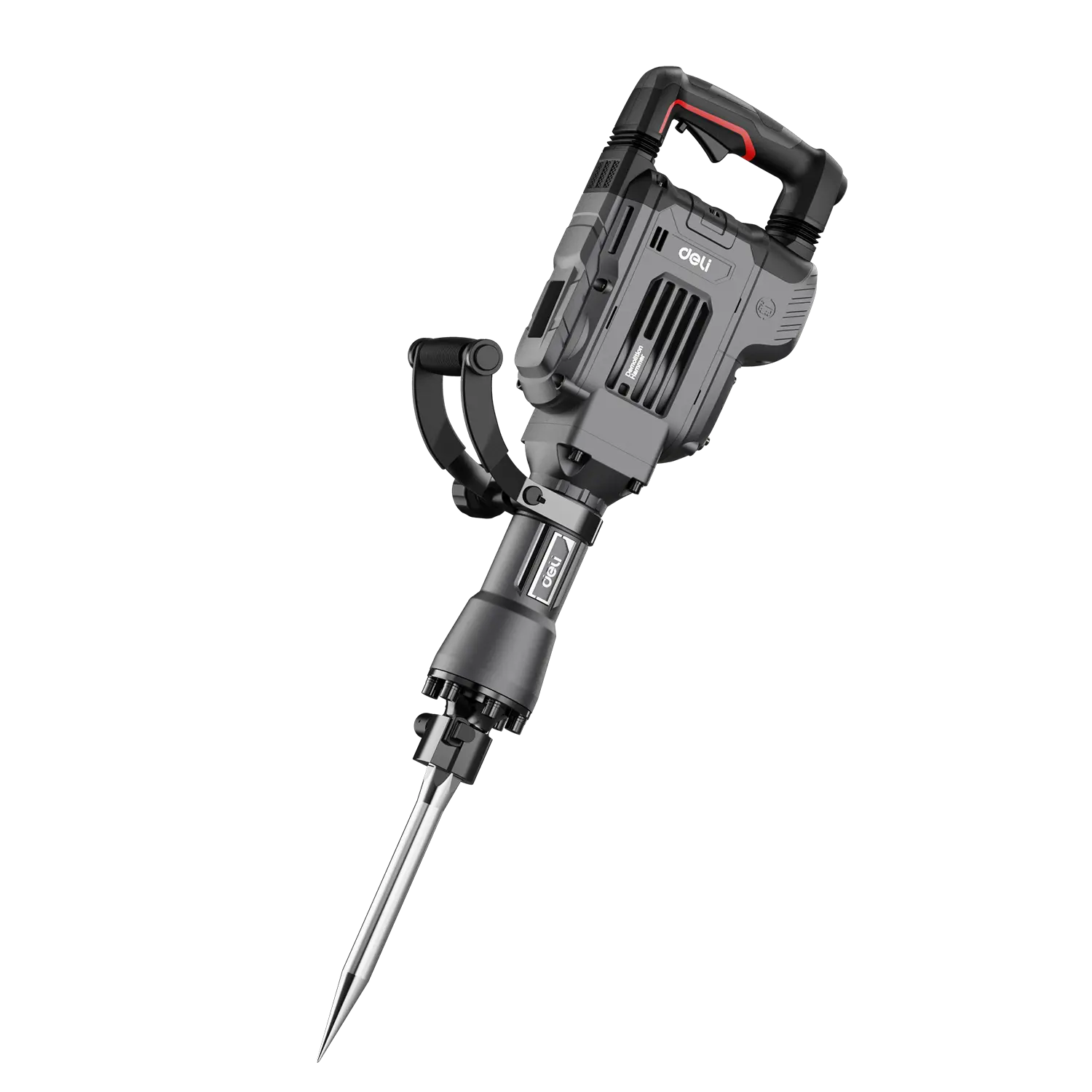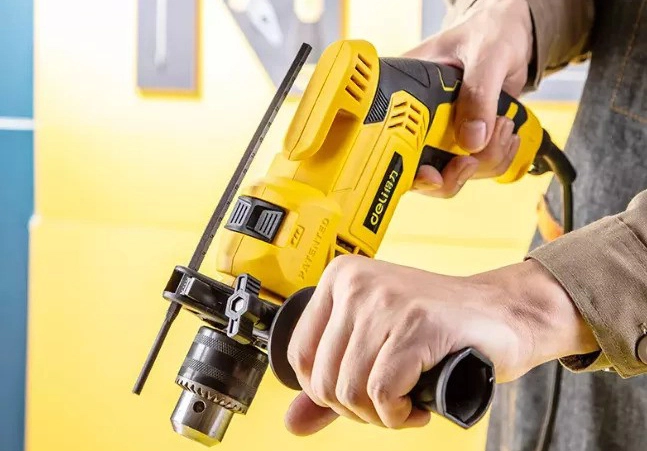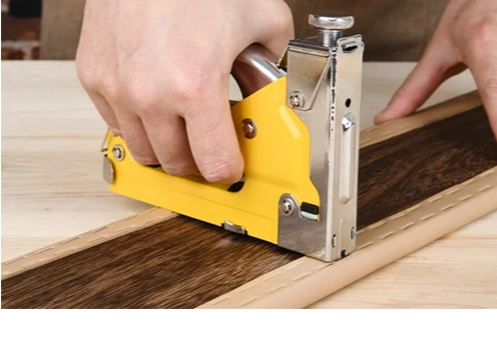In the world of manufacturing and fabrication, cutting tools play a crucial role in shaping and transforming raw materials into finished products. But with a wide array of cutting tool types available, it can be overwhelming to determine which one is best suited for a specific task. In this article, we will explore the different types of cutting tools and delve into the factors that need to be considered when choosing the right tool for the job. Whether you are a professional in the industry or someone with a keen interest in understanding the intricacies of cutting tools, this article will provide valuable insights and guidance. So let's dive in and unravel the world of cutting tool types, equipping you with the knowledge to make informed decisions and optimize your cutting processes.
Different Types of Cutting Tools
Cutting tools are essential in various industries and applications, as they enable precise and efficient cutting of materials. There are different types of cutting tools available, each designed for specific purposes and materials. Understanding these tools and their uses is crucial for professionals and enthusiasts alike.
One of the most common types of cutting tools is the saw. Saws come in various shapes and sizes, including mitre saw supplier, circular saw supplier, marble cutter saw supplier. These tools are typically used for cutting through wood, metal, or plastic. Hand saws are perfect for smaller projects and offer more control, while band saws and circular saws are ideal for larger and more demanding tasks.
Another popular cutting tool is the knife. Knives are versatile tools that can be used for various purposes, including cutting through food, fabrics, and even heavy-duty materials like leather. Different types of knives are available, such as utility knives, chef knives, and pocket knives, each serving a specific function.
For more specialized cutting needs, there are tools like shears and scissors. Shears are larger cutting tools with two blades that are used for cutting through materials like metal and fabric. Scissors, on the other hand, are smaller and have two pivoting blades that are operated by hand. They are commonly used for cutting paper, cloth, and other lightweight materials.
In addition to these traditional cutting tools, advancements in technology have introduced more specialized options. For instance, laser cutters use a high-powered laser beam to cut through various materials with precision. These tools are commonly used in industries like manufacturing, automotive, and even in artistic applications.
It is important to choose the right cutting tool for the task at hand. Factors such as the material being cut, the desired precision, and the user's skill level should all be considered. By selecting the appropriate cutting tool, professionals can ensure efficient and accurate results while minimizing the risk of accidents or damage.
Factors to Consider when Choosing a Cutting Tool
When it comes to choosing a cutting tool, there are several important factors to consider. Whether you are a professional in the manufacturing industry or a hobbyist working on DIY projects, selecting the right cutting tool is crucial for achieving precise and efficient results. Here are some key factors to keep in mind when making your decision.
Firstly, it is essential to consider the material you will be working with. Different materials require specific types of cutting tools to achieve the desired outcome. For instance, if you are working with wood, a table saw or a circular saw might be the ideal choice. On the other hand, if you are dealing with metal, a bandsaw or a plasma cutter may be more suitable. Understanding the material's properties and the appropriate cutting tool for it will not only enhance the quality of your work but also ensure safety.
Another factor to consider is the type of cut you need to make. Cutting tools come in various shapes and sizes, each designed for specific cutting techniques. Whether you need to make straight cuts, curved cuts, or intricate designs, there is a cutting tool available to meet your requirements. For instance, a jigsaw is perfect for making curved cuts, while a miter saw is ideal for creating precise angled cuts. By understanding the type of cut you need to make, you can narrow down your options and choose the most suitable tool for the job.
Additionally, it is important to consider the power source of the cutting tool. Some tools are corded, meaning they need to be plugged into an electrical outlet, while others are cordless and run on batteries. Corded tools generally provide more power and consistent performance, but they may limit mobility. On the other hand, cordless tools offer greater flexibility but may have limited battery life. Considering your workspace setup and the availability of power sources will help you determine which type of cutting tool is best for your needs.
Moreover, ergonomics and comfort should not be overlooked when choosing a cutting tool. Using a cutting tool for extended periods can strain your hands and cause fatigue. Therefore, it is important to select a tool with a comfortable grip and ergonomic design. This will not only make your work more enjoyable but also reduce the risk of accidents or injuries.
Cutting tools from Deli Tools Global are crucial in various industries and applications. There are many options available, such as saws, knives, shears, and laser cutters. It is important for professionals and enthusiasts to understand the different types of cutting tools and their uses. By using the appropriate tool for each task, individuals can achieve precise and efficient results while ensuring safety and minimizing risks. Choosing the right cutting tool is essential for accurate and efficient outcomes. Factors to consider include the material, type of cut, power source, and ergonomics. By taking these factors into account, individuals can make an informed decision that will enhance productivity and overall experience. Safety should always be prioritized, and selecting a cutting tool that meets specific needs is crucial.


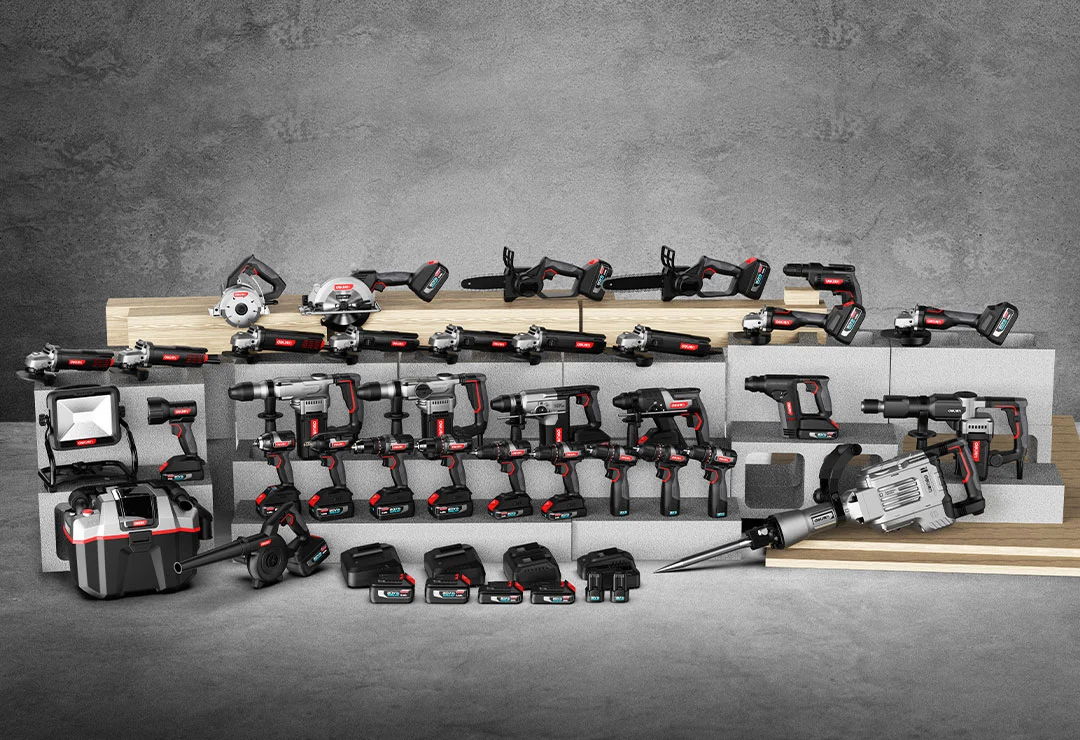
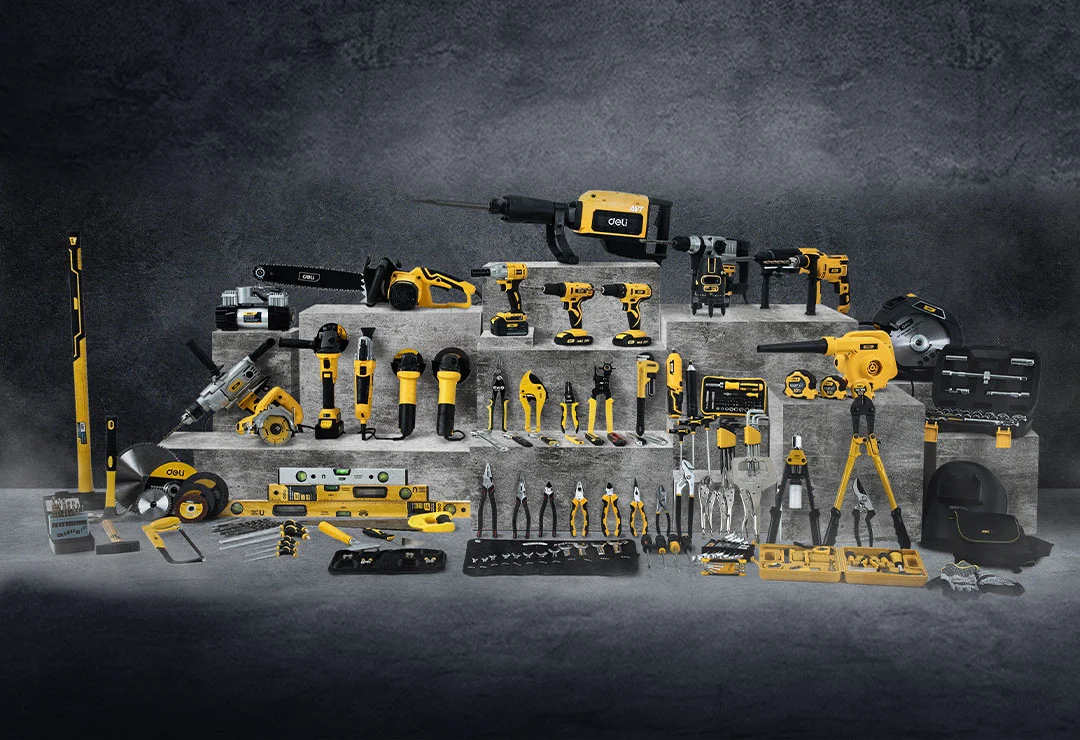
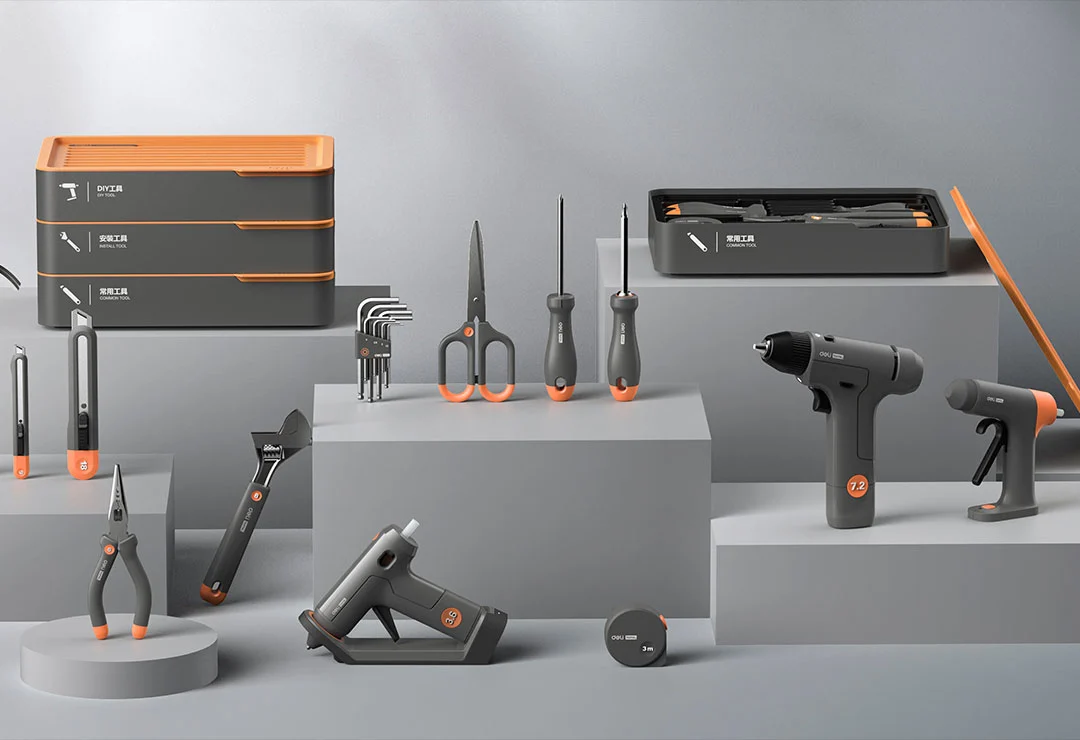
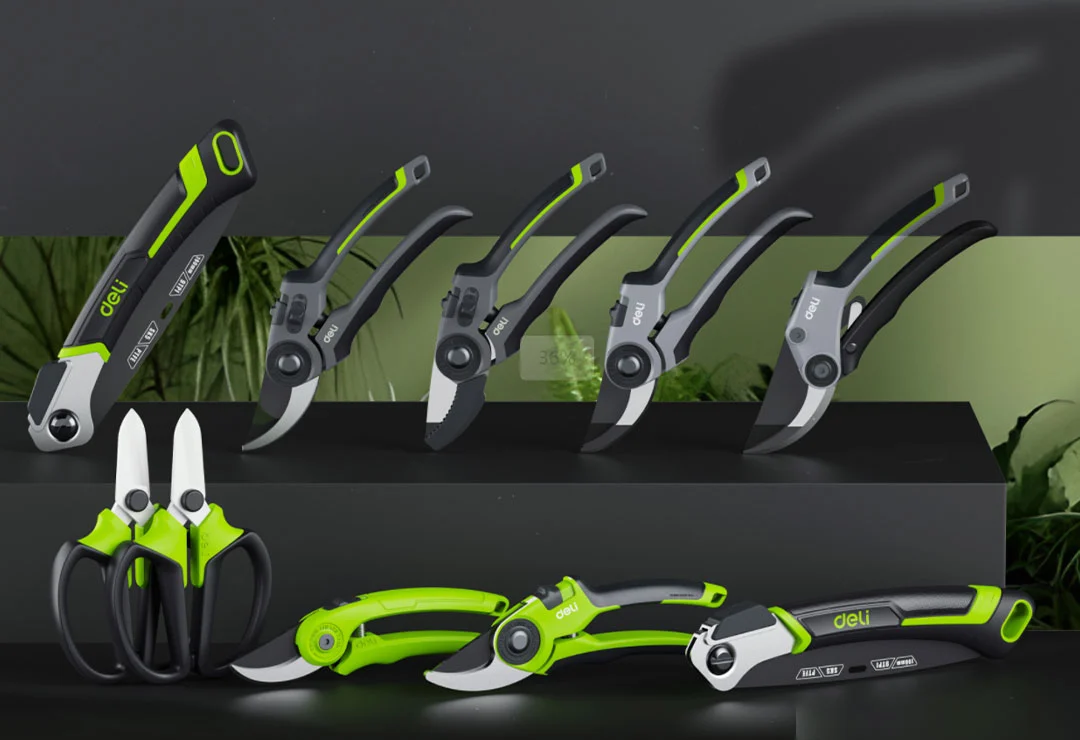
 EN
EN
 jp
jp  ko
ko  fr
fr  de
de  es
es  it
it  ru
ru  pt
pt  ar
ar  vi
vi  th
th  hi
hi  pl
pl  id
id  el
el 
